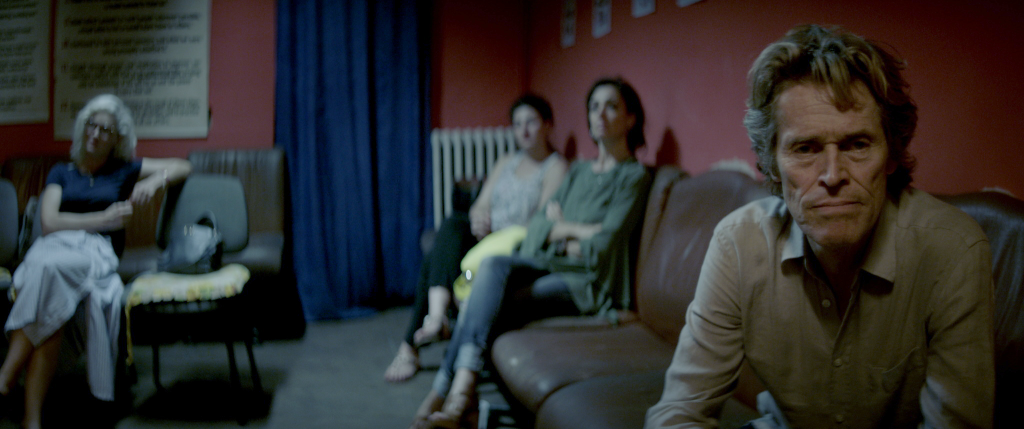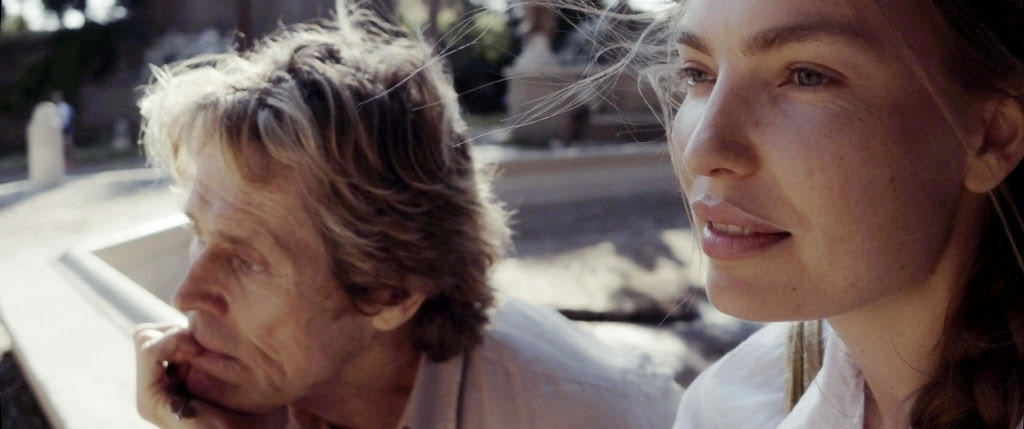|
Review by Sean Boelman
The latest film teaming one of the most eclectic actors working today and one of the most divisive directors of all time, Tommaso is inarguably Abel Ferrara’s most personal work yet. Like his other explorations of the filmmaking process, this movie is bizarre and idiosyncratic, but will certainly be loved by its target niche.
The story follows an aging American film director living in Rome with his young wife and their infant child, all the while planning his next movie and coping with his struggles with addiction. If it isn’t obvious, this is a semi-autobiographical story mirroring Ferrara’s own experiences as a filmmaker, and as a result, the film is highly subjective. What will prevent this movie from connecting with mainstream audiences is its unorthodox characterization. Ferrara’s opinion of himself is certainly very unique and likely won’t be the most sympathetic for the average viewer. The final shot, in fact, may even prove to be a make-it-or-break-it moment for those viewers who are on the fence about the rest of the films. Many of the best parts of the movie are those which explore the protagonist’s descent into madness. As his world comes crashing around him, the film’s reality becomes less and less discernible from the fantasy and nightmare with which he has come to perceive it. Ferrara’s use of surreal imagery, particularly in the final act, never ceases to amaze.
The cinematography by Peter Zeitlinger is brilliant, either alluringly gorgeous or off-puttingly shocking. It’s this juxtaposition that really makes Ferrara’s movie tick. The use of music in the film is also extremely interesting. One of the most fascinating sequences comes early on set to a performance on the jaw harp.
The first half of the movie is very much a slow burn, with incredibly restrained pacing and a lot of focus on either dialogue or visual expression. It is only towards the end of the film that there starts to be a great deal of external conflict, and it can overwhelm those who are not familiar with the unorthodox pacing of Ferrara’s work. Of course, the movie wouldn’t have worked without the contributions of Willem Dafoe in the leading role. Dafoe always goes all-in with his characters, and this is no exception. This is effectively a showcase for Ferrara’s filmmaking and Dafoe’s acting, and not much else, so those who can get behind that will enjoy it. The appeal of Tommaso is going to be mostly restricted to the core audience of Ferrara’s fans, but at this point, that’s why the filmmaker is still working anyway. Even if this isn’t unfamiliar territory for him, it’s a welcome addition to his repertoire. Tommaso is now streaming in partnership with indie theaters. A list of participating locations can be found here. Rating: 4/5
0 Comments
Leave a Reply. |
Archives
July 2024
Authors
All
|
|
|
disappointment media
Dedicated to unique and diverse perspectives on cinema! |


